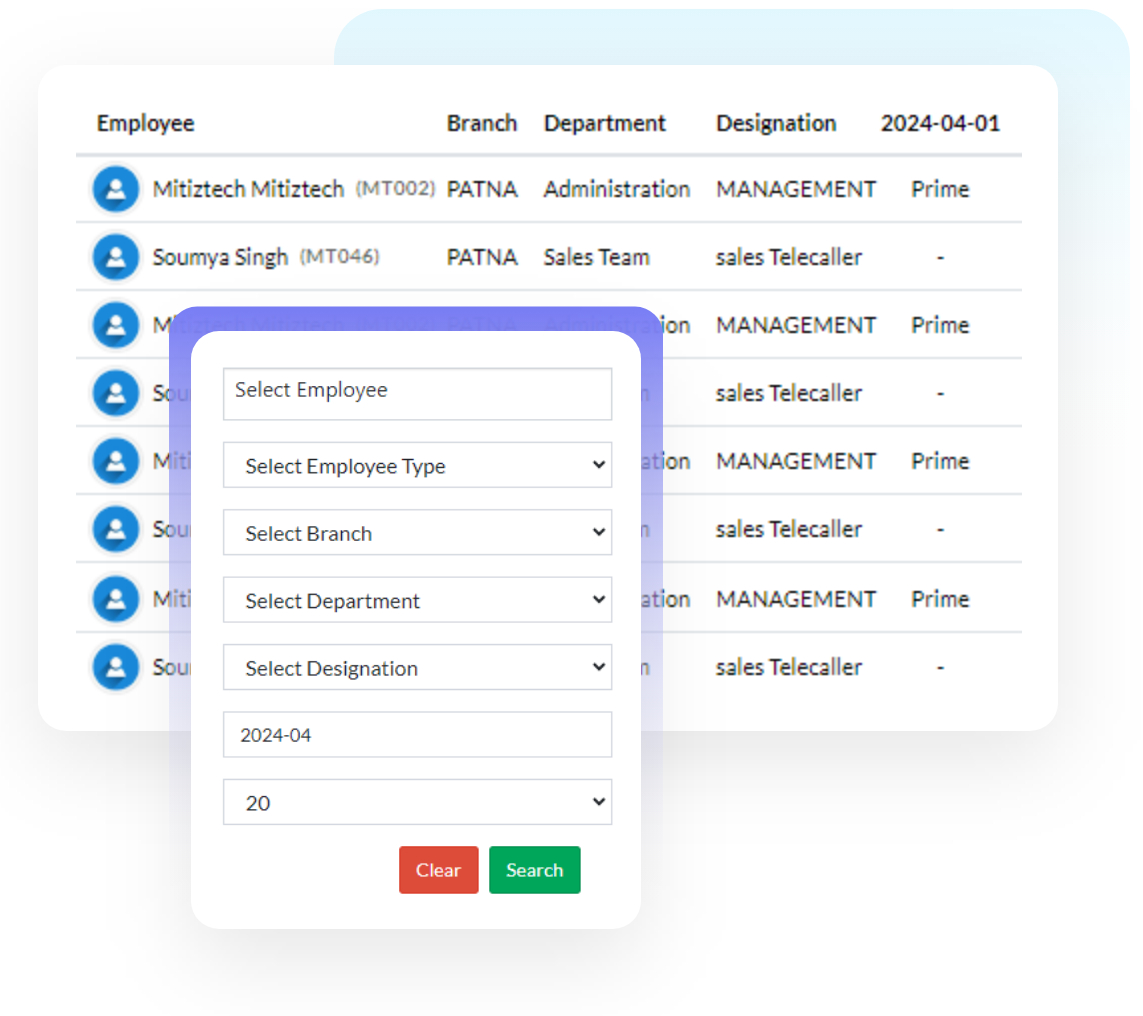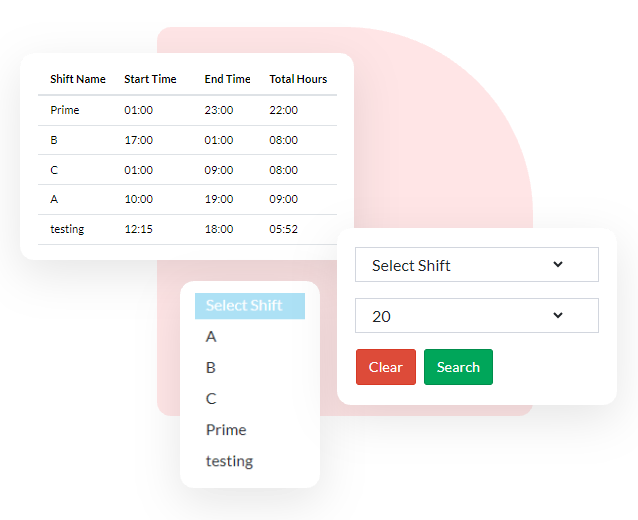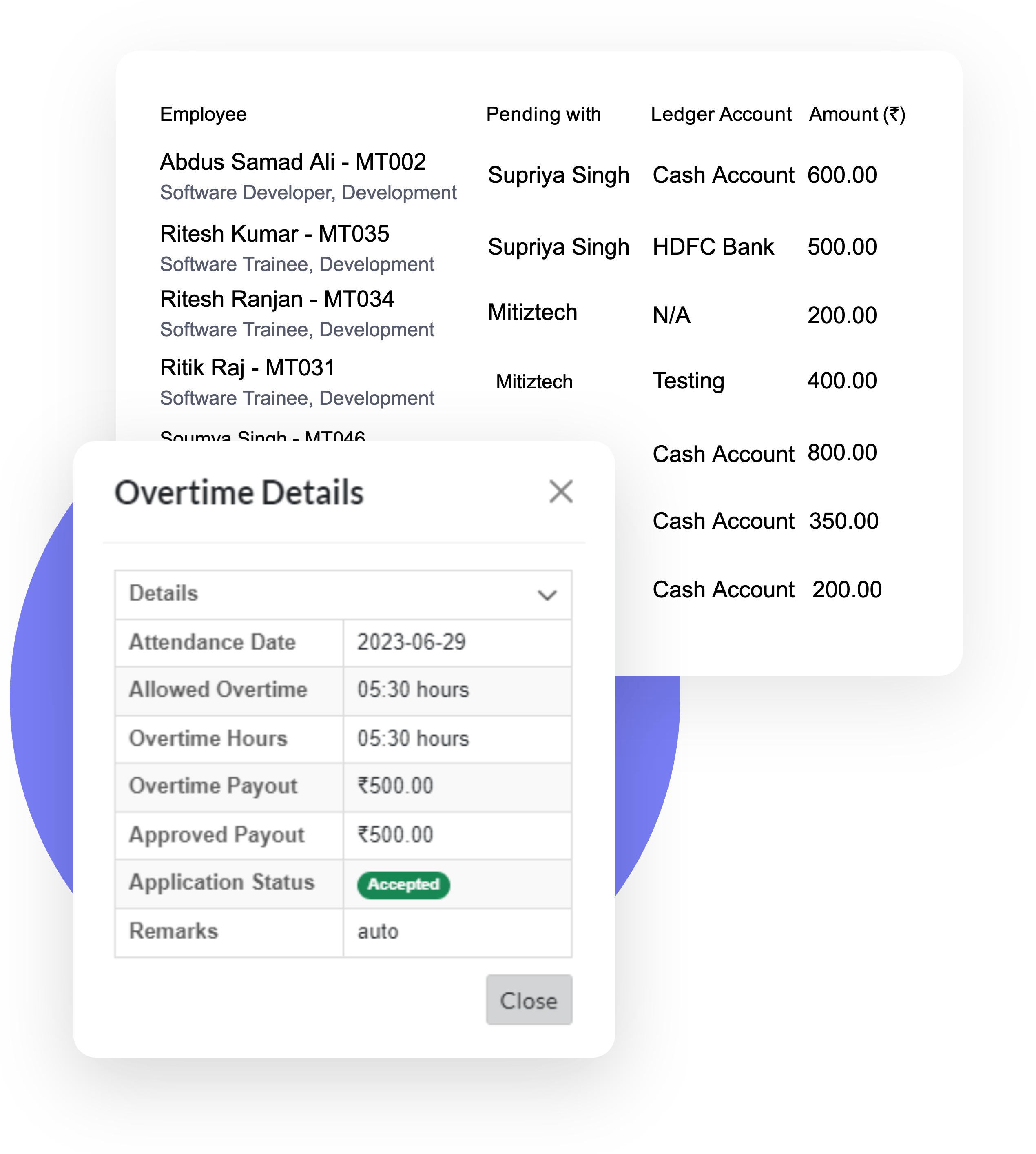
Shift Management
Optimize shifts to streamline operations & enhance productivity
Our comprehensive shift management module allows you to manage shifts efficiently both for regular schedules and 24/7 operations. We offer the most comprehensive coverage, ensuring easy coordination irrespective of the complexity of your workforce’s schedules.
Request a Demo!






 Automates workforce planning
Automates workforce planning